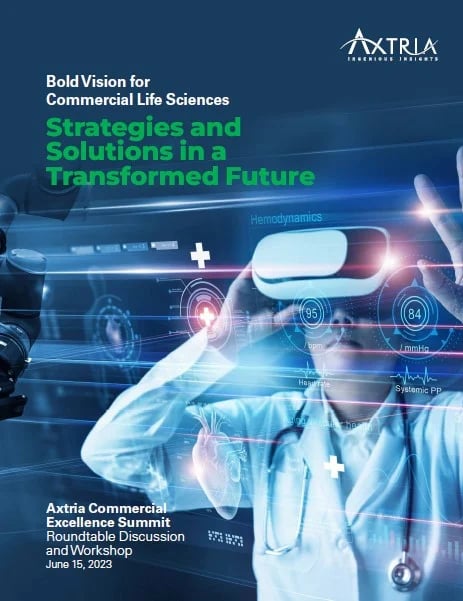Omnichannel Engagement And Change Management In A MedTech Setting
Change in corporate strategy is often met with resistance, and people naturally question a new plan’s potential for success. Getting a sales team to engage in new and novel approaches to gain customer share-of-voice takes more than a mandate – it requires a carefully spelled-out plan with objective and subjective metrics showing the strategy’s complete thought process.
There are many ways to address field concerns about the mode and delivery of a new approach to omnichannel engagements, including rationale, buy-in techniques to use when team members ask, “What’s in it for me?”, and success parameters.
Rationale
Since the COVID pandemic, healthcare professionals (HCPs) have developed new ways to conduct office visits with their patients. These new approaches include telemedicine/video chat sessions, phone calls, email, social media, mobile apps, and in-house office visits. With HCPs spending less time in their brick-and-mortar offices, the sales force must be more dynamic in getting time to meet HCPs and promote products and services. The more flexible a call plan, the better the chance of gaining an HCP’s attention and convincing them to consider using a particular brand.
Buy-In Techniques
The major obstacle in creating a new customer engagement model is getting the sales team to believe that it puts them in a better position to promote their products and services. The tried and true method of face-to-face meetings with physicians, department heads, and other key stakeholders is a familiar endeavor. Over the years, bonds are formed, and sales team members are considered product and therapeutic experts. Moving to an omnichannel model relies on multiple means of communication, including field champions trained in the benefits of omnichannel and well-versed in the communication channels and modes best suited to eliciting a positive response from customers.
Another option is to do a proof-of-concept with one field force or a segment of a field force. By creating a test case, the value of omnichannel can be closely monitored over a three-to-six-month period, during which best practices can be established. The results can then be documented and shared with leadership for review and alignment, providing examples of how field reps will benefit from the changes before embarking on a full roll-out.
Success Parameters
Once omnichannel has been incorporated into the field infrastructure, keeping a close watch on its success is essential. Sharing results like best practices and statistics highlighting the plan's benefits with sales management is critical. The field champions, or “study group,” should also be engaged to help decide which statistics to share. The success strategies can then cascade through the organization. In general, the metrics should include the following:
- Response rates for each communication channel for each customer
- Sales increases where multiple channels have been incorporated
- Non-personal response rates for customers who do not engage in face-to-face (F2F) meetings
Every six months, a lessons-learned session should be held with sales leadership, field champions, marketing, and commercial excellence. This is the time to review success parameters and adjust the program based on the findings, redefining some or all of the parameters depending on customer engagement levels with each channel.
Conclusion
After introducing omnichannel planning into your medical technology organization, it is crucial to embrace the necessary changes. These methods and recommendations provide a framework for engaging your sales force and avoiding the pitfalls of pushback and reps’ reluctance to use all available channels. Over time, these practices will further dominate the marketplace, so the sooner your organization adopts omnichannel, the sooner you will have an advantage over competitors who may be slower to adopt.
Author details

Scott Jacobovitz
Scott Jacobovitz has over 30 years of experience in the life sciences industry, with 12 of those years including animal health products and services. His expertise includes commercial excellence, marketing, and sales strategy. Currently, Scott is a Senior Director in Axtria's Commercial Excellence practice. He leads global engagements in both animal health and human pharma. Scott has an MBA from Seton Hall University and is a certified PMP.




